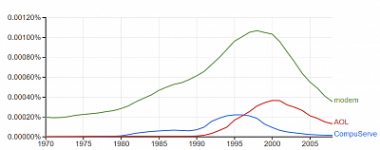Fresca - Wikipedia
U.S. President Lyndon B. Johnson, a Fresca drinker, had dedicated signal boxes installed in his White House offices. These typically featured four buzzers: one to page his secretary, one for the Chief of Staff, and two for a military valet stationed in a small office next to the Oval Office. He would bring Johnson either a Fresca or coffee, depending on which button the President pushed.
U.S. President Lyndon B. Johnson, a Fresca drinker, had dedicated signal boxes installed in his White House offices. These typically featured four buzzers: one to page his secretary, one for the Chief of Staff, and two for a military valet stationed in a small office next to the Oval Office. He would bring Johnson either a Fresca or coffee, depending on which button the President pushed.



